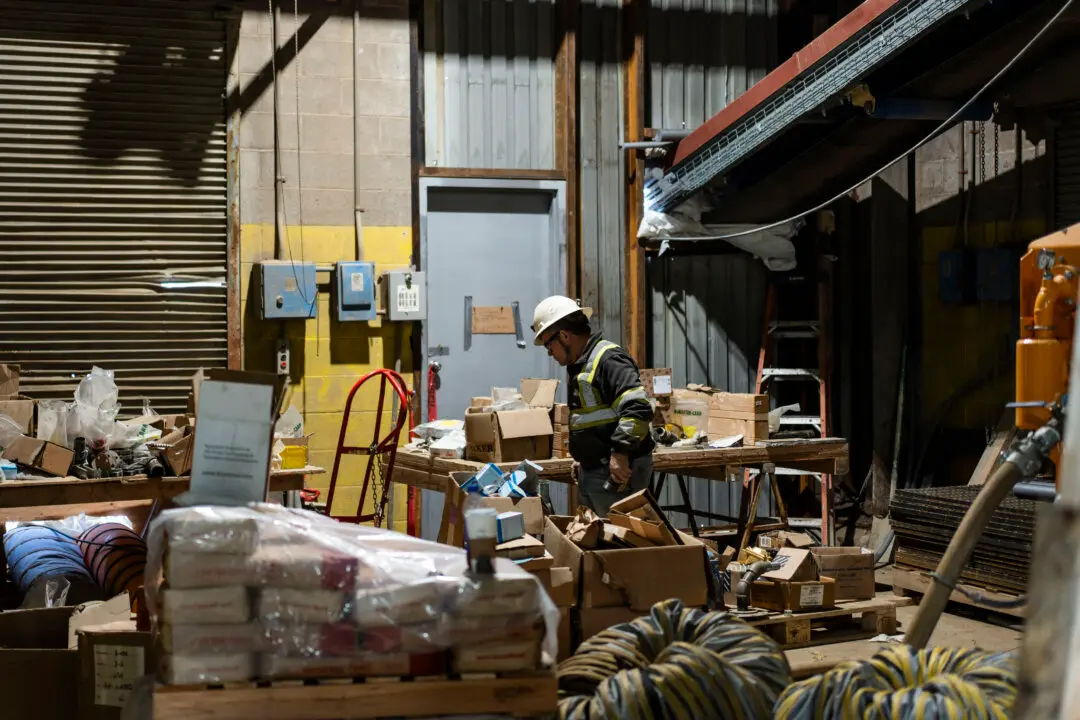Coffee prices have spiked more than 25 percent in recent weeks, lifted by slow harvests in Latin America that have thinned inventories, while global demand is on the rise.
Coffee futures on the Intercontinental Exchange (ICE) hit $1.178 a pound on Monday, climbing from a low of 92.9 cents a pound on Oct. 17. Colombian Milds, the priciest coffee beans sales-tracked by the International Coffee Organization (ICO), climbed to $1.553 per pound on Tuesday in US markets.





